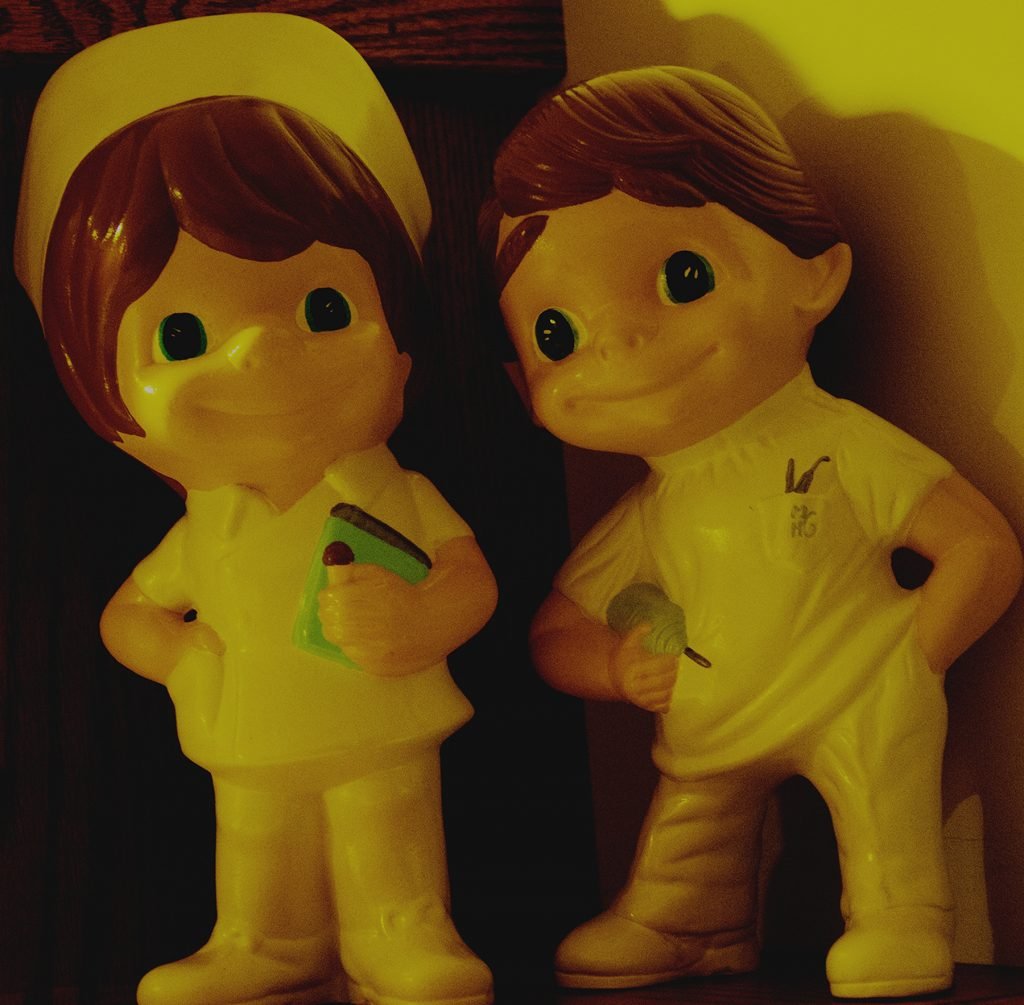Cannabis is a psychoactive drug that is used for recreational and medical purposes. It is a product of the cannabis sativa plant that is used for its psychoactive and therapeutic effects. The cannabis sativa plant is native to tropical and temperate climates but is cultivated around the world.
In the streets, cannabis has many names and comes in many forms: marijuana, weed, pot, bud, green, herb or flower.
The federal government has said recreational use of cannabis would no longer violate criminal law as of October 17, 2018. This legalization comes with regulation similar to that of alcohol, limiting home production, distribution, consumption areas and sale times.
Legalization of recreational cannabis is associated with a significant increase in motor vehicle collisions and fatalities. Drinking alcohol and using cannabis together impairs driving more than either drug alone.
According to a study published in the Journal of Addiction Medicine, half of cannabis users increased consumption during first wave of COVID-19. This is of concern because it can lead to greater health problems, addiction and other mental disorders. Not to mention domestic and public violence.
The study consisted of three surveys during the early months of the pandemic in May and June of 2020. Survey participants from across Canada were selected from a pool of over one million people maintained by the research technology and consumer data collection.
Averaged over the three surveys, just over half (52 per cent) of those who had consumed cannabis in the previous week said that they were consuming it more than they were before the pandemic, says the article.
The study authors believe cannabis use increased after the pandemic began because of social isolation, boredom, changes in daily routines and additional stress and anxiety about the future. There has also been a consistently high national rate of binge drinking since the pandemic began.
Another study, “Cannabis and COVID-19: Reasons for Concern” published in Psychiatry (December 21, 2020) found regular cannabis users in the Netherlands have increased rather than decreased their use of cannabis in response to COVID-19 lockdown.
The article says worldwide some 192 million people have used cannabis in the last year. Globally, the most prevalent route of cannabis administration remains smoking (with and without tobacco).
In North America, the use of alternative cannabis products, including concentrates, edibles and vaped oils, has increased in states with legal cannabis markets.
In the USA, cannabis use increased among seniors between 2015 and 2018. This is of concern because the most serious complications and highest mortality rates from COVID-19 infection occur in older people. Weakly or unsupported claims on the internet that cannabis use can prevent COVID-19 may encourage its use, says the article.
Chronic cannabis smoking is also associated with increased coughing, which may conceal COVID-19 and spread the virus.
What can we do?
The article in Psychiatry has some suggestions. As smoking is still the most preferred route of cannabis use, specific advice should be given on reducing the risks of spread and severity of COVID-19 via this mode of use. This would include avoiding use of any inhaled cannabis product, including joints, pipes, bongs or vaporisers, and avoiding deep inhalation that may provoke coughing, not sharing cannabis products (e.g., joints) and maintaining physical distancing and thorough handwashing.
Health education should also address misinformation about the alleged protective effects of cannabis against COVID-19 that may encourage users to maintain or increase their consumption or promote initiation for perceived medicinal benefits.
Start reading the preview of my book A Doctor's Journey for free on Amazon. Available on Kindle for $2.99!



